Blood Culture Collection Guidelines
This procedure will guide you through indications, timing, number of sets, volume of draw per set, and PICC line collection.
INDICATION
Routine blood cultures should be performed on patients with suspected bacteremia or candidemia.
TIMING
Blood cultures should be drawn prior to the administration of antibiotics whenever possible, or as soon as possible after administration begins. There is no data to support that timing in relationship to febrile state or chills will improve yield or detection.
VOLUME
Literature suggests that the volume of specimen collected is directly proportional to the positivity rate. It also shows that low volume collections contain a higher number of contaminants. Two to three (2-3) sets of cultures should be used to rule out bacteremia or candidemia.
COLLECTION
PICC line collection (should be performed only when absolutely necessary):
- 1. Make sure you are wearing proper personal protection equipment (PPE), including gown and gloves.
- 2. Gather the required equipment:
- Blood culture bottles
- 4 alcohol preps
- 1 3-5 cc syringe
- 10 cc syringes with a sterile needle
- 3. It is essential to AVOID DRAWING FROM LINES WITHIN AN HOUR OF COMPLETION OF ANTIMICROBIAL AGENT ADMINISTRATION, as the antimicrobial agent may be passed into the blood culture bottles and prohibit growth.
- 4. Using two separate alcohol preps wipes (70% alcohol), scrub catheter hub connection for 15 seconds with each wipe. Let it air dry.
- 5. Using the last two alcohol preps carefully wipe the tops of the blood culture bottles for 15 seconds each.
- 6. Disconnect the tubing from the cap of the catheter and attach the small syringe to collect discard blood. The suggested amounts for adults are 3 ml and 0.2 ml for pediatric patients. This blood is used to wash the line, and it is not used for culture. The entire syringe and contents can be discarded into a biohazard container.
- 7. Using a new syringe, collect blood for culture through the hub. 2-4 ml is required for each of two blood culture vials. When enough blood has been obtained for the two vials, detach the syringe from the catheter and reconnect the tubing to the cap of the catheter.
- 8. Place a sterile needle on the syringe, and transfer the blood, using sterile technique into the blood culture vials. Sterile technique requires that you DO NOT touch the top of the alcohol cleaned vials with anything but the tip of a sterile needle, and that you do not touch the syringe head with anything but the sterile needle.
- 9. Gently mix the blood culture vials thoroughly to prevent clotting.
- 10. Label each specimen with the patient’s name, date of birth, date and time of collection, and collection site, and place them with a completed requisition at room temperature for pickup by laboratory personnel.
J Clin Microbiol. 2009 Nov;47(11):3482-5. doi: 10.1128/JCM.02107-08. Epub 2009 Sep 30. Effects of volume and site of blood draw on blood culture results. Gonsalves WI, Cornish N, Moore M, Chen A, Varman M.
Clin Microbiol. 2007 September; 45(9): 2765–2769. Published online 2007 June 13. doi: 10.1128/JCM.00140-07 PMCID: PMC2045273. Is the Volume of Blood Cultured Still a Significant Factor in the Diagnosis of Bloodstream Infections? Emilio Bouza,1,*Dolores Sousa,2Marta Rodríguez-Créixems,1Juan García Lechuz,1 and Patricia Muñoz1

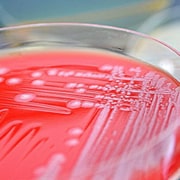
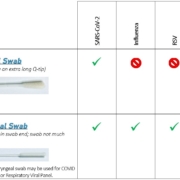 NICL Laboratories
NICL Laboratories 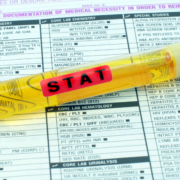

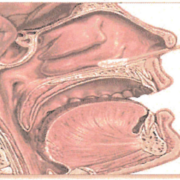
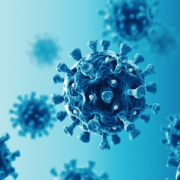
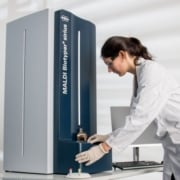





Im pretty pleased to discover this page. I wanted to thank you for ones time for this particularly wonderful read!! I definitely liked every little bit of it and I have you bookmarked to look at new stuff on your blog.